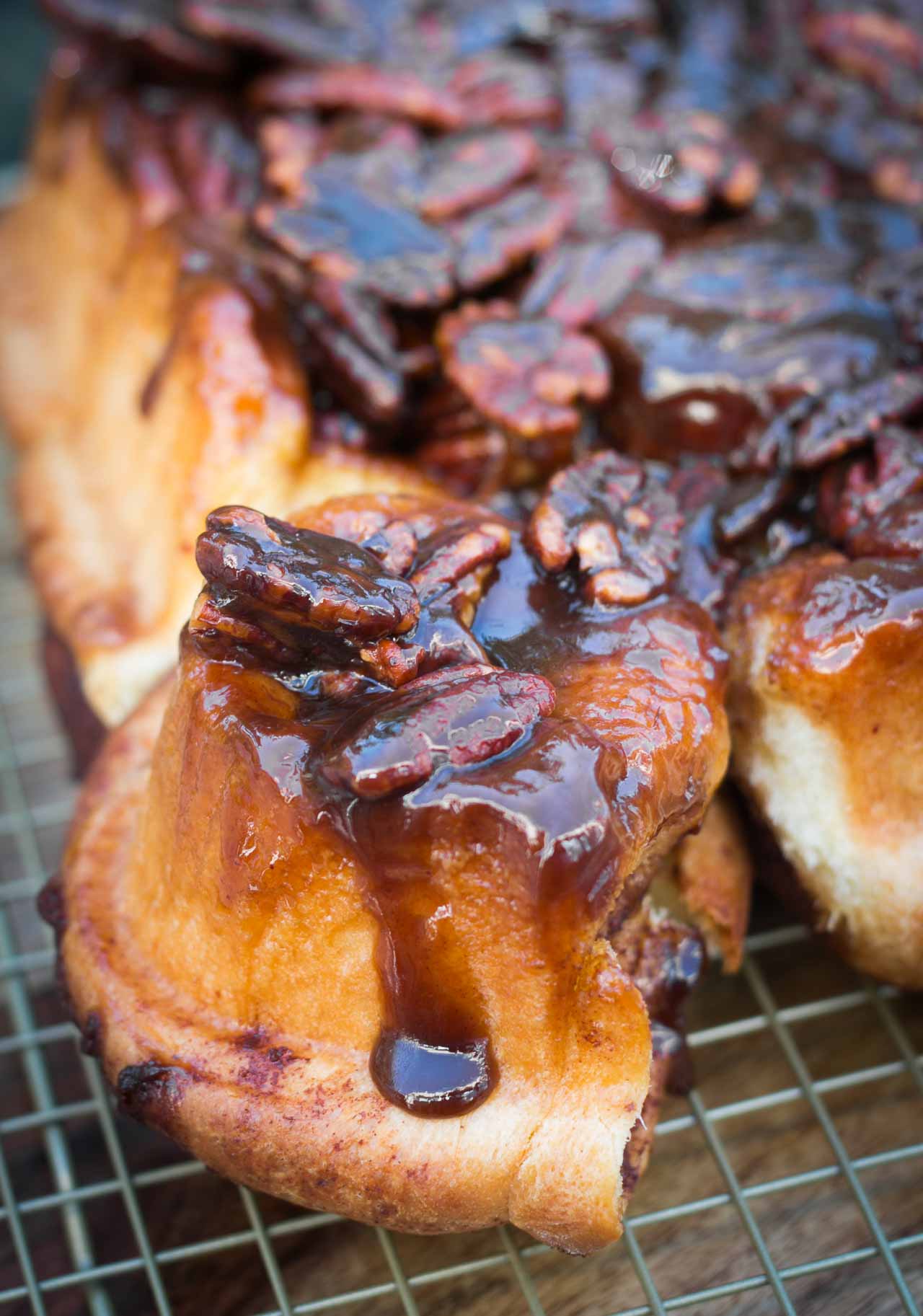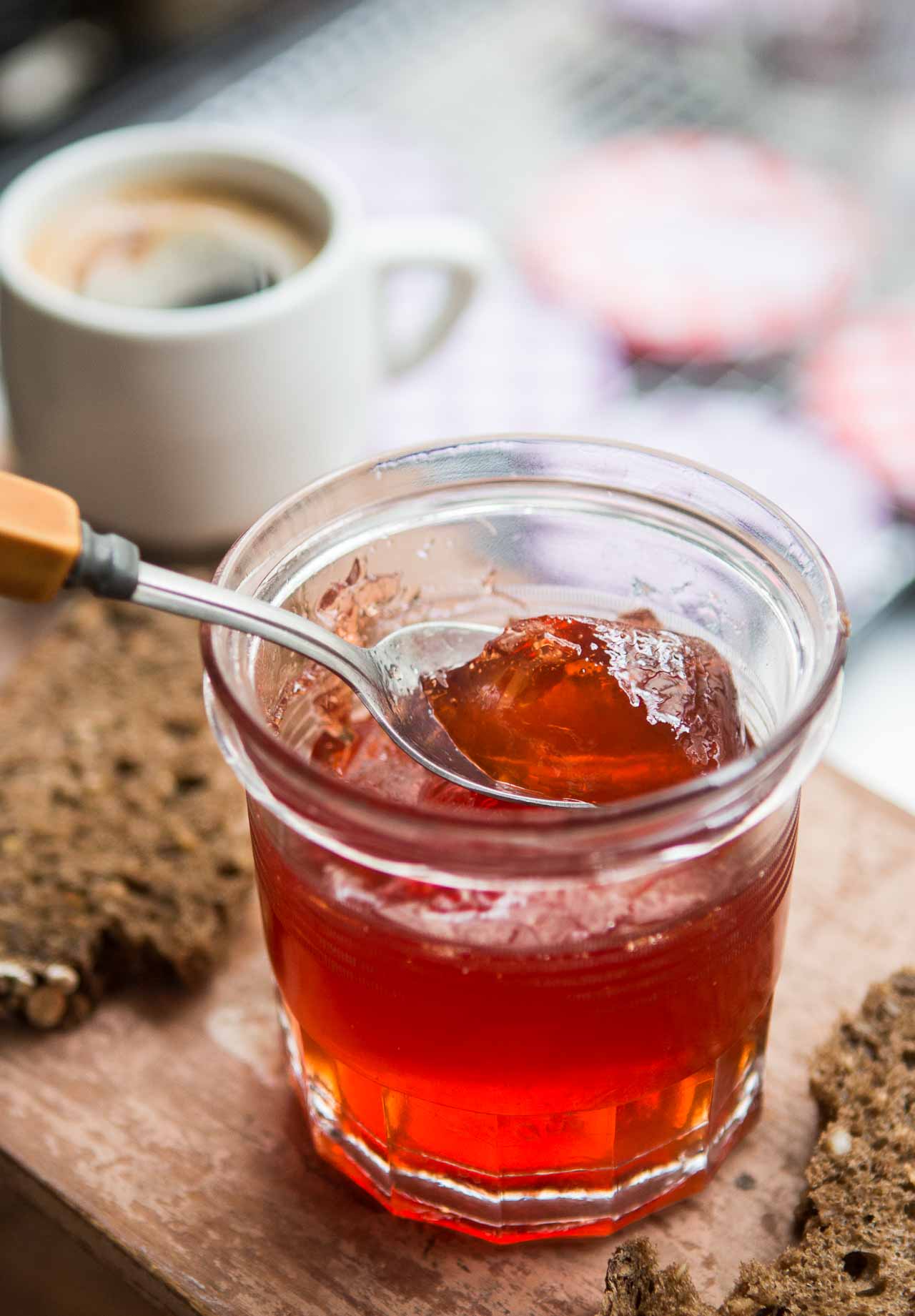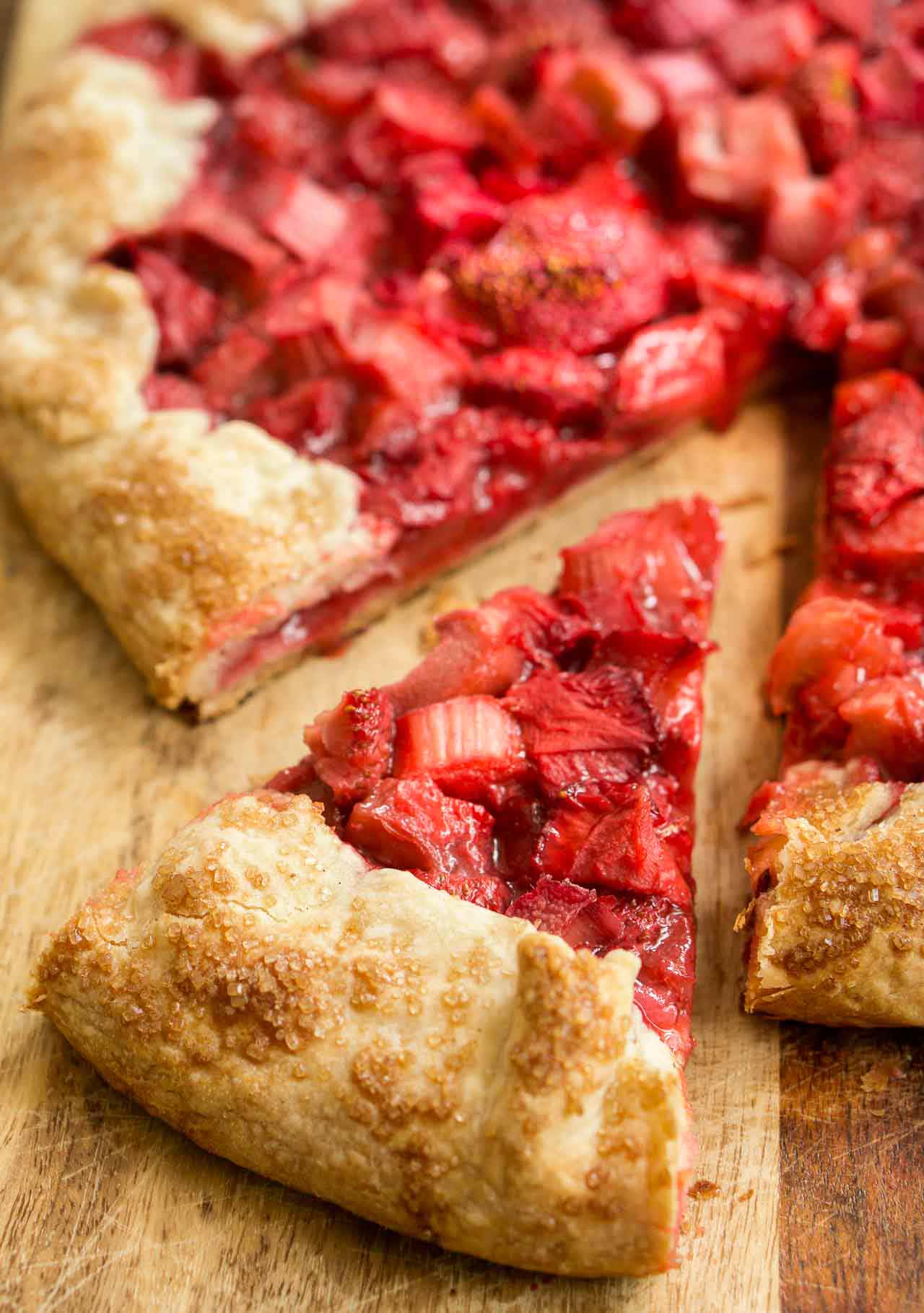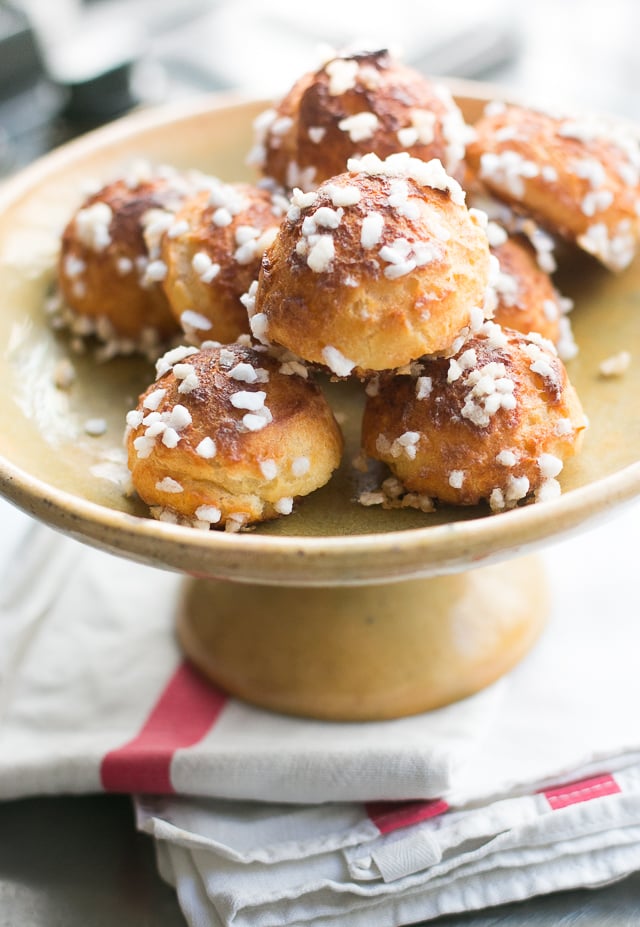Chocolate Tasting
The problem around here is that I buy chocolate in 5 kilo, about 11#, boxes and every afternoon, and sometimes (ok…make that ‘often’…) first thing in the morning, I dig my hand deep in the box and pull out a few pistols every time I walk by. People have the impression that I eat chocolate all the time, every day. And although I usually deny it, I would have to admit it’s definitely true.
Except last night when I was flossing, part of one of my teeth flew out and plinked onto the floor. So today it’s like eating and talking with a thumb tack in my mouth, and I’m having a rare, chocolate-free day.
Who knew it was possible to floss to hard? Does that make me a ‘power-flosser’?
(When I called my dentist, I was stumped trying to figure out the verb ‘to floss’ in French. Ça existe?)

Anyhow, in addition to the little palets of dark chocolate I’m always dipping into, I also have tons of unusual chocolate bars around here I’ve been amassing over the past few months.
Many I pick up when traveling, and some I get sent by companies wanting me to try them out. I happily sample them all and love to find something new or especially unusual. Often I taste them systematically by sitting down, snapping off a corner and savoring the flavors. As I roll and chew the chocolate around in my mouth, I ponder the different characteristics, noting origin and the various flavors: Sweet, fruity, acidic, roasty, bitter, citrusy, woodsy—all the various tastes we find in chocolate.
And other times, I’m not so good and I rip off the covering and start gnawing away at the chocolate until it’s nothing but an empty wrapper with a few crumbs of chocolate left. I never did well in science since I’m lacking in patience.
So during the next few weeks, it’s your turn to be patient.
I’m going to present some of the more unusual chocolates I’ve come across lately, and most likely some you’ve never heard of. There’s tiny tablets infused with candied herbs, one bar made with grains from Tuscany, another with breadcrumbs in it, and a unique artisan chocolate made high up in the mountains of Salt Lake City.
But have you ever had a chocolate tasting at home with your friends? You don’t need fancy chocolate. Just go to a local market, or online, and buy a five or so bars of chocolate that you’ve never tasted, or perhaps a few that you have. Then break them into little bits and offer them anonymously, by number. (Don’t forget to write down somewhere which is which!)
Personally, I like to mix in some single-origin chocolates as well as some blends, and since I like to trip people up (I’m like that, you know), I’ve been know to sneak in something cheap or awful. Which is a good way to reduce the snob-aspect that’s common to many tastings. Remember: It’s not about what everyone else likes, or what I like. It’s what you like.

Tips For Having a Chocolate Tasting
Tasting Results
Here’s the results of a tasting I held in Paris recently, along with some remarks. You’ll notice it was a good mix of chocolates which made it pretty interesting to hear peoples reactions.
1. Monoprix
I told the group, “We’re going to try a very special chocolate. It’s a new product.”
But I lied.
This is supermarket chocolate that cost about 20 centimes for a (120 gr) 4 oz bar. To me it smelled horrible, like coconut fat, and tasted harsh and acidic with no complexity. But many in the group liked it.
2. Nestlé Corsé 64%
This is another supermarket brand, one commonly used in France for home cooking and is available in a baking-sized tablet (200 gr, about 8 oz). I added this one since for many Americans, the word ‘Nestlé’ on a bar of chocolate conjures up images of sweet candy bars so I wanted folks to taste it without prejudice.
I use this for everyday baking and like it a lot. Sure enough folks really liked this one as well, many noting it had a much longer, richer finish than the Monoprix bar.
3. Valrhona Cao Grande Noir 70%
I’d heard some chit-chat online that organic chocolate wasn’t as good as conventional chocolate. So to prove a point, I included an organic high-quality chocolate, from Valrhona.
Many felt it was rather sweet, with sour-fruit, citrus notes. I think the sweetness comes from the fact they use unrefined cane sugar, which tends to be more pronounced than refined sugar. Guests liked this, but not enough to buy it for snacking.
4. Valrhona Albinao 85%
I couldn’t any information on this chocolate from Valrhona except the packaging said the beans were from Africa. Everyone disliked this bar immensely. It was bitter and acrid, which perhaps was due to the high percentage of cacao (85%) and the lack of sugar in the bar, I think. But also the African beans, which are generally forestero, and are generally bolder and harsher than beans from South America, Madagascar, and Trinidad.
5. Michel Cluizel Mangaro 65%
People tasted notes of spice bread in this one, which I included as one of two chocolates from the same ‘origin’, Madagascar. I wanted people to taste it just before the next chocolate, from the same region, to show how region is not the only factor that determines the taste of the finished chocolate. And how they can vary quite radically.
6. Bonnat Madagascar 75%
I’ve been a fairly big fan of Bonnat chocolates, since they’re nice folks and make their chocolate in small batches. But we were none too impressed with this one, which was faintly-flavored and without finish. Far different from the previous one, which was rich and bold.
7. Bonnat Chuao 75%
This Venezuelan chocolate, which they note is the “Romanée-Conti” of cocoa beans (referring to the Grand Cru wine of that name), chuao has a rather controversial history. It’s believed that there is only one chuao plantation in the world and only Amedei uses those beans (When I asked Signore Tessieri of Amedei about Bonnat’s bar, he said…well, I won’t repeat what he said…)
Chocolate-politics aside, I wanted people to taste something labeled ‘chuao’ so they could decide for themselves. Most guests noted the chocolate was one-dimensional with no finish, which I find true in some less-notable single-origin chocolates.
So keep an eye on the blog over the next several weeks when I’ll be introducing you to some new and exciting chocolate finds.
More Information & Links About Chocolate Tastings














